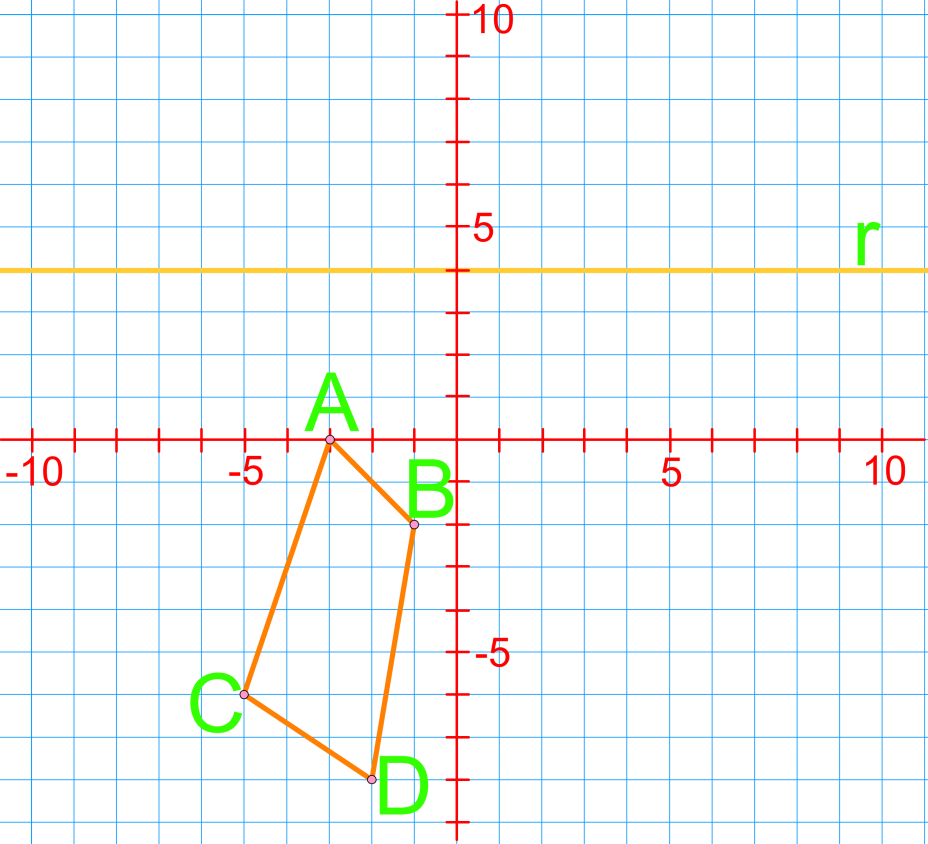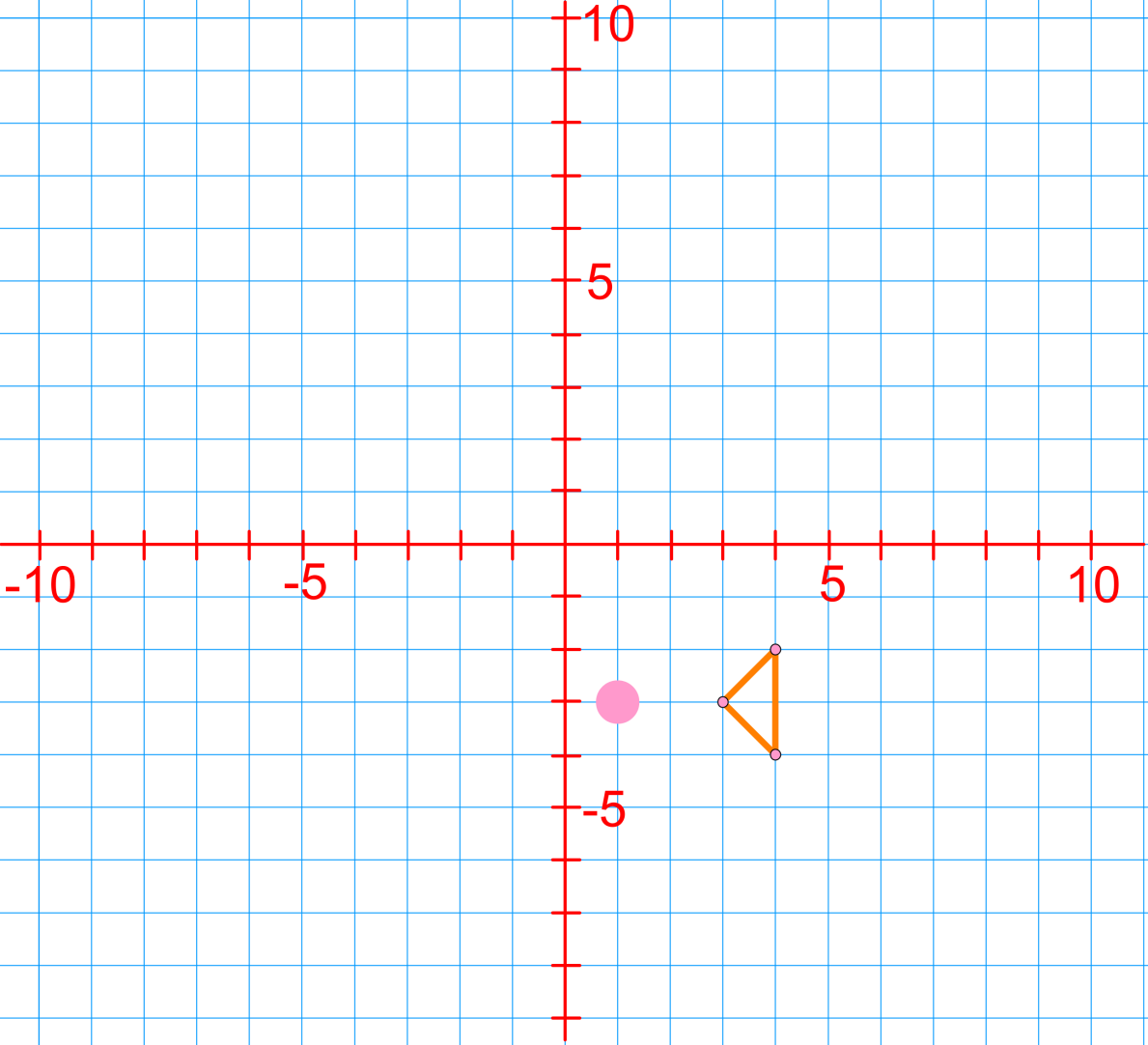Introduction to Geometric Transformations Dive into the world of geometric transformations! Learn how to translate, reflect, and rotate shapes on the coordinate plane. Develop crucial spatial reasoning skills for math and real-world applications.
Free to Join!
Easily See Your Progress
 We track the progress you've made on a topic so you know what you've done. From the course view you can easily see what topics have what and the progress you've made on them. Fill the rings to completely master that section or mouse over the icon to see more details.
We track the progress you've made on a topic so you know what you've done. From the course view you can easily see what topics have what and the progress you've made on them. Fill the rings to completely master that section or mouse over the icon to see more details.Make Use of Our Learning Aids
Earn Achievements as You Learn
 Make the most of your time as you use StudyPug to help you achieve your goals. Earn fun little badges the more you watch, practice, and use our service.
Make the most of your time as you use StudyPug to help you achieve your goals. Earn fun little badges the more you watch, practice, and use our service.Create and Customize Your Avatar
 Play with our fun little avatar builder to create and customize your own avatar on StudyPug. Choose your face, eye colour, hair colour and style, and background. Unlock more options the more you use StudyPug.
Play with our fun little avatar builder to create and customize your own avatar on StudyPug. Choose your face, eye colour, hair colour and style, and background. Unlock more options the more you use StudyPug.
Introduction to Transformations
Welcome to our exploration of transformations in geometry! We'll begin with an engaging introduction video that sets the stage for understanding these fascinating concepts on the Cartesian plane. Transformations are essential in geometry, allowing us to move and manipulate shapes across coordinate planes. In this lesson, we'll cover three key types of transformations: translations, reflections, and rotations. Each of these plays a crucial role in how we perceive and work with geometric figures. Translations involve sliding shapes, reflections create mirror images, and rotations turn objects around a fixed point. As we delve into these concepts, you'll gain a deeper appreciation for how transformations impact the world around us. From architecture to computer graphics, these principles have wide-ranging applications. So, let's embark on this exciting journey through the world of geometric transformations together!
Here are some frequently asked questions about geometric transformations:
-
What are the three main types of transformations in geometry?
The three main types of transformations in geometry are translations, reflections, and rotations. Translations involve sliding a shape in a specific direction without changing its size or orientation. Reflections create mirror images of shapes across a line of reflection. Rotations involve turning a shape around a fixed point by a certain angle.
-
How do you perform a translation on a coordinate plane?
To perform a translation on a coordinate plane, you add the same values to each point of the shape. For example, to translate a shape 3 units right and 2 units up, you would add 3 to each x-coordinate and 2 to each y-coordinate of every point in the shape. The general form is (x, y) (x + a, y + b), where (a, b) is the translation vector.
-
What is the difference between clockwise and counterclockwise rotations?
Clockwise rotations move in the same direction as the hands of a clock, while counterclockwise rotations move in the opposite direction. In mathematics, counterclockwise rotations are often considered positive, and clockwise rotations are considered negative. For example, a 90° counterclockwise rotation is equivalent to a -90° clockwise rotation.
-
How do reflections affect the orientation of a shape?
Reflections change the orientation of a shape, reversing the clockwise/counterclockwise relationship. If you trace the perimeter of the original shape in a clockwise direction, you would trace the perimeter of the reflected shape in a counterclockwise direction. This is why reflections are not considered "direct isometries" like translations and rotations.
-
What are some real-world applications of geometric transformations?
Geometric transformations have numerous real-world applications. In computer graphics, they are used to create animations and manipulate 3D objects. Architects use transformations to visualize buildings from different angles. Graphic designers apply transformations to create logos and layouts. In manufacturing, transformations help in designing symmetrical parts. Even in nature, transformations can be observed in the symmetry of organisms and crystal structures.
Before diving into the fascinating world of transformations in geometry, it's crucial to have a solid foundation in several key concepts. Understanding these prerequisite topics will greatly enhance your ability to grasp and apply transformations effectively.
One of the fundamental concepts you need to master is the Cartesian plane. This coordinate system provides the framework upon which transformations occur. The Cartesian plane allows us to precisely locate points and describe geometric shapes using ordered pairs. Without a strong grasp of this concept, visualizing and executing transformations would be challenging.
Building on your knowledge of the Cartesian plane, it's essential to develop proficiency in drawing on coordinate planes. This skill is invaluable when working with transformations, as you'll often need to plot points, sketch shapes, and visualize the effects of various transformations. Being able to accurately represent geometric figures on coordinate planes will significantly aid your understanding of how transformations alter these shapes.
Another critical prerequisite topic is translations and vectors. Translations are a type of transformation that involves moving every point of a figure the same distance in the same direction. Understanding the concept of a translation vector is crucial for grasping how objects move in the coordinate plane during transformations. This knowledge forms the basis for more complex transformations and their applications.
By mastering these prerequisite topics, you'll be well-prepared to explore the world of transformations. The Cartesian plane provides the stage, your ability to draw on coordinate planes allows you to set the scene, and your understanding of translations and vectors gives you the tools to move objects within this mathematical landscape. Together, these concepts create a strong foundation for learning about various types of transformations, such as reflections, rotations, and dilations.
As you progress in your study of transformations, you'll find that these prerequisite topics continually resurface, reinforcing their importance. For instance, when learning about reflection transformations, your knowledge of the Cartesian plane will help you understand how to reflect points across axes or lines. Similarly, your skills in drawing on coordinate planes will be invaluable when visualizing and executing complex series of transformations.
In conclusion, taking the time to thoroughly understand these prerequisite topics will pay dividends as you delve deeper into the study of transformations. They provide the necessary context and tools for manipulating geometric shapes in the coordinate plane, setting you up for success in more advanced geometric concepts and problem-solving scenarios.





